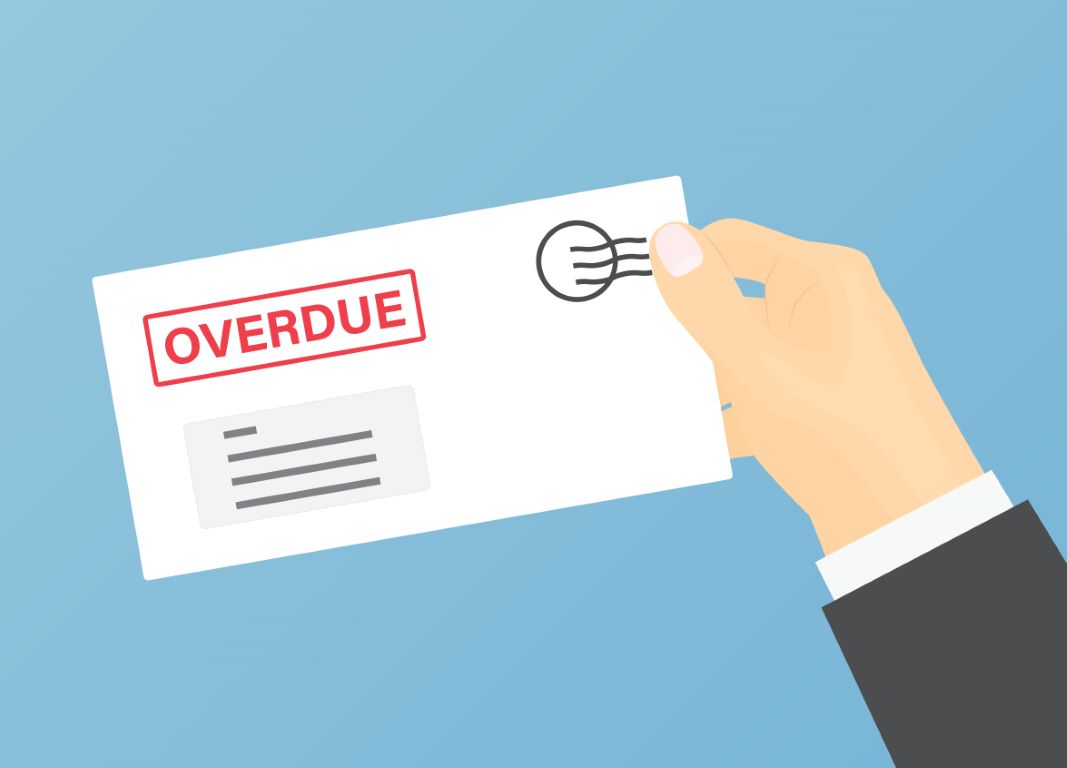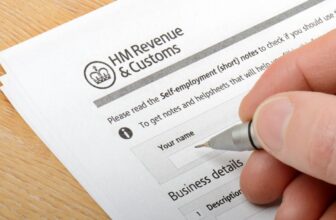
Can’t Pay, Won’t Pay
Dealing with late-paying or non-paying clients can be a frustrating and time-consuming experience for any business owner. It’s important to have a plan in place to handle these situations effectively, so that you can get paid and maintain a healthy cash flow for your business. Here are some steps you can take to deal with late-paying or non-paying clients:
Have a written contract
When agreeing to take on a new client, and before supplying your service, you and your client should both sign a contract; one copy for you and one for the client. It doesn’t have to be complicated. The contract should explain in plain english the service, the rights and responsibilities of each party, the billing frequency, method of payment and payment terms. By signing the contract, you can show that the client agreed to your terms of business including to pay you in accordance with the agreed payment terms.
Communicate clearly and regularly
Make sure that your clients know exactly what they owe and when it is due. Set clear payment terms in your contracts and invoices, and follow up with your clients regularly to remind them of their payment obligations.
Offer payment options
Some clients may have trouble paying on time due to cash flow issues or other financial problems. Consider offering flexible payment options, such as partial payments or payment plans, to help them meet their obligations.
Document everything
Keep detailed records of all communication and transactions with your clients. This will help you to track their payment history.
Be firm but professional
If a client is consistently late with their payments, it’s important to address the issue head on. Send a polite but firm email or letter outlining the payment terms and reminding them of their outstanding balance; see a sample email at the end of this post.
Never let client debt get too large
Invoice weekly rather than monthly, with payment required within days. That way you can take timely action to withdraw the service should reminders be repeatedly ignored. You may even consider payment in advance as norm or as an option for troublesome clients.
Take legal action
As a last resort, you may need to take legal action to recover unpaid debts. Consult with a lawyer to determine the best course of action for your situation. Likely, it will be to raise an action in the Small Claims Court (England and Wales), or Sheriff Court (Scotland).
In conclusion
Dealing with late-paying or non-paying clients can be challenging, but with clear communication, patience, and a plan in place, you can minimise the impact on your business and get paid for the work you do.
Sample email
Dear [Client],
I hope this email finds you well. I wanted to bring to your attention the fact that your payment for my services, totalling [amount], is now overdue. My records indicate that the payment was due on [date].
As a small business, it is important that I receive timely payment in order to meet my own financial obligations and continue to provide high-quality service to my clients. I am confident that this is a simple oversight on your part, and I am hopeful that we can resolve this matter quickly.
Please let me know if there are any issues or concerns that you would like to discuss regarding this payment. In the meantime, I am including a copy of my payment terms for your reference.
Thank you in advance for your prompt attention to this matter.
Sincerely,
[Your Name]


